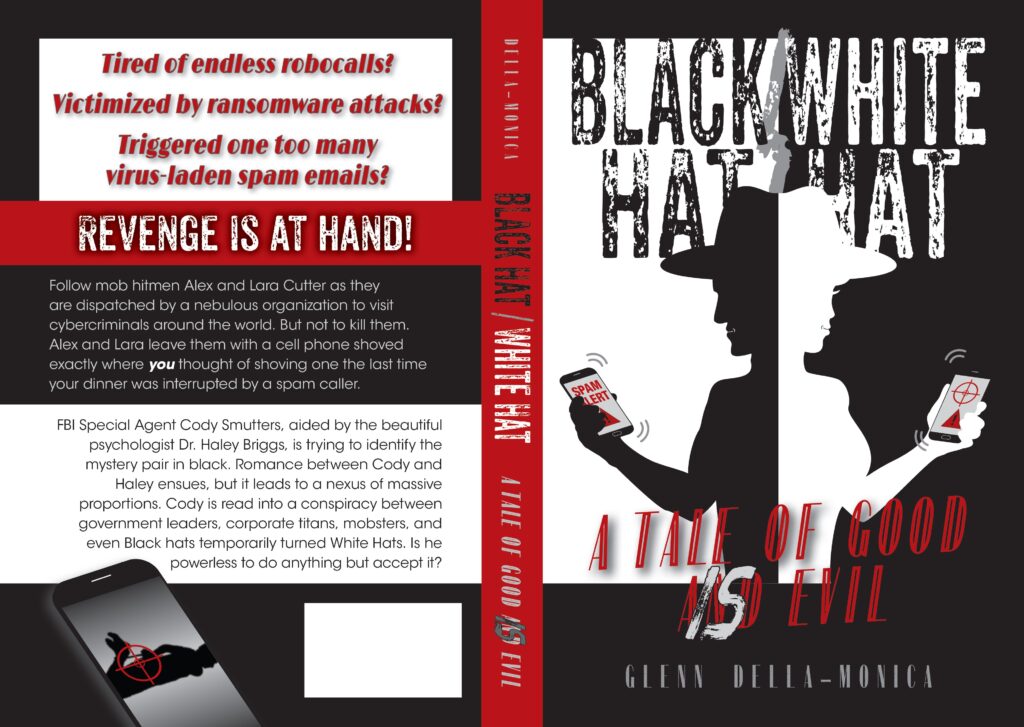Here’s a start to the writing process.
So how do you get started? Simple. Write something and show it to someone you know who reads a lot. Not racing forms or the Enquirer, but someone who reads stories and novels.
See what they say about your work. Is it clear? Have them be brutally honest about your spelling and grammar. Take what they say seriously.
If you receive a lot of constructive criticism, do a little research. Check out what others have to say about the things your friends point out. Get some books on grammar, or simply look up the topics online. I use Grammerly, an add-on that checks grammar and spelling. I also use the Chicago Manual of Style.
Also, I suggest you read some stories or novels featuring topics you are considering writing about.
Yes, I ended a sentence with a preposition. For effect. And I just wrote a sentence consisting of only a prepositional phrase and then started another sentence with a conjunction. My fifth grade teacher is turning over in her grave. Grammar is important, but you can use words in unusual or non-traditional ways to enhance your thoughts on paper.
In point of fact, ending a sentence with a preposition often just documents the way we speak. If you asked someone at a party, “From where are you?” you would probably get a blank stare, but if you asked, “Where are you from?” you would probably have your curiosity satisfied.
Winston Churchill summed it up nicely, although there are dozens of variations circulating about how he actually wrote it. The two most likely are, “This is the sort of English up with which I will not put.” and “This is the sort of bloody nonsense up with which I will not put.” (From Prof. Paul Brian’s website, https://brians.wsu.edu/2016/11/14/churchill-on-prepositions/.)
Next, I suggest that you read. A lot. Discover the styles you like. Use the them yourself. Don’t plagiarize, but mold your style to the flow, content and atmosphere you like to read yourself.
Roy Peter Clark wrote a book entitled The Art of X-Ray Reading (2016, Little, Brown & Co.). He looks at twenty-five works of literature and extracts the style and uniqueness of each author. Learn to do the same.
There is an old saying in coin collecting that if you buy coins only as an investment, it is iffy that you will make a profit, but if you buy coins that appeal to you personally, you will make a profit most of the time. The same applies to writing. If you write according to some formula that is not natural to you, you are going to have a hard time creating something of joy. On the other hand, if you write in a way that you enjoy, your own enjoyment will be a part of your work, and readers will sense this.
Another exception: I have edited six doctoral dissertations. They have to be in a set format, and they are purely expository. Every piece has to conform to a style, often set by the American Psychiatric Association (APA). There are others, but APA seems to rule the roost with a large number of universities. If you wrote a novel in APA format it would probably be as dry as a Gila monster’s smile.
The next question is whether or not to hire an editor and other professionals. In my case, I wanted to publish, so the best choice was to hire a developmental editor and a proofreader. Both helped me improve my novel immensely. It cost a bit of money, about $3000 for both, but the result was incredible. I found them on reedsy.com, a site that lists vetted literary professionals. I chose Tim Mudie as my developmental editor and Michael Schuler as my proofreader. Both were beyond excellent!
Then I hired a book cover designer. I have a sister-in-law, Nona Smith, who is a graphic artist. She drew the graphic that is now the frontispiece for the novel (the picture opposite the title page). Then I discovered that Kindle has specific parameters for covers: spine thickness based on the number and type of pages, the box for the bar code, and others. To get the dimensions correct, I used someone who knew exactly what went where. I hired Danielle Smith-Boldt, again from Reedsy. I used Nona’s image inside the book and told Danielle to use that image as an inspiration for the cover. She created four drafts of different styles, and I picked one. Then we tweaked that design twice to get the final cover after I wrote the back cover copy.

